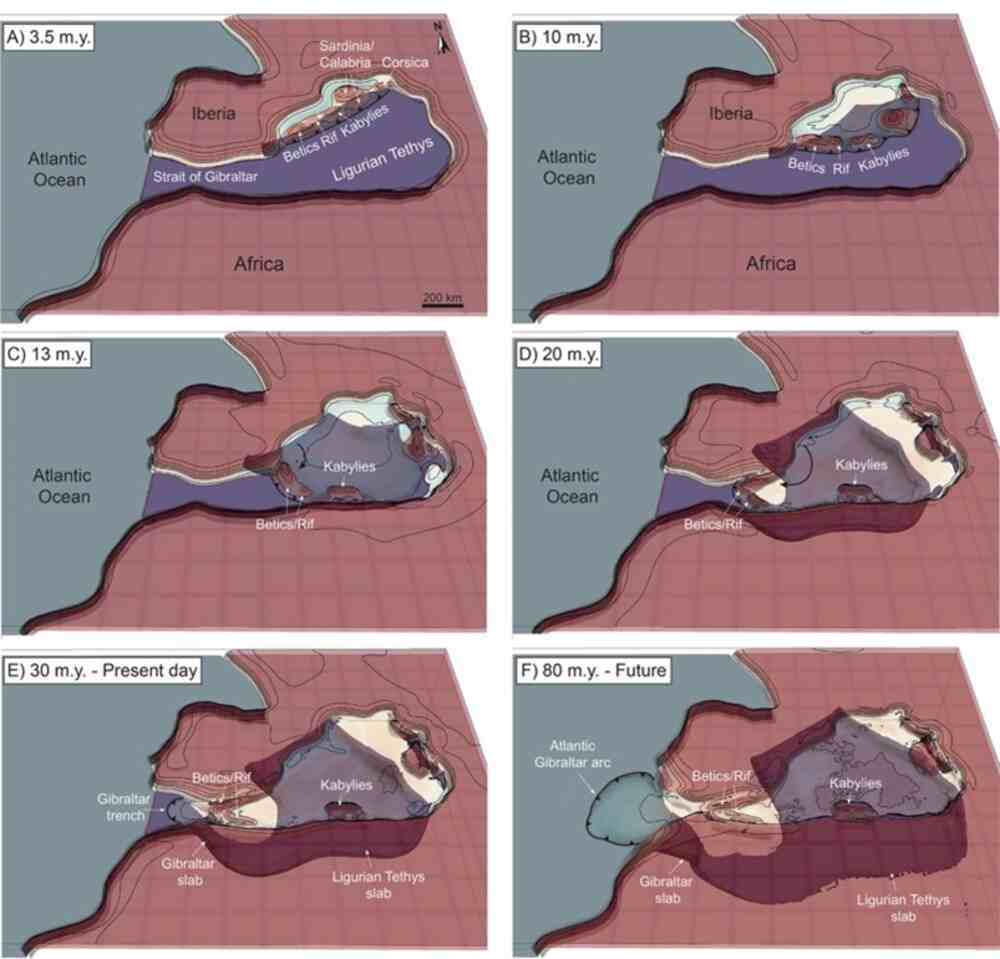Unveiling the mysteries of Earth's transformation

As we stand on the surface of our planet, we often forget about the complex processes that occur deep within Earth's crust. However, a groundbreaking computational model developed by João Duarte from Portugal has shed light on the awe-inspiring process of subduction invasion, revealing new insights about our planet's evolution. This research not only enhances our understanding of tectonic plate movements but also emphasizes the importance of exploration, innovation, and collaboration in unraveling the mysteries of our world.
The Earth's lithosphere is composed of several tectonic plates that move and rearrange over time through the Wilson cycle. During this cycle, supercontinents break apart, interior oceans form, and new subduction zones emerge. However, the process of subduction initiation, where an interior ocean transitions into an exterior ocean, has baffled scientists for decades.
Through meticulous observations and the development of a cutting-edge supercomputational model, researchers have made significant progress in unraveling this enigma. The study focuses on the Gibraltar subduction zone on the eastern shore of the Atlantic, providing a unique opportunity to observe the earliest stages of subduction invasion as it unfolds from a different basin—the Mediterranean.
One of the key findings of this research is the confirmation that the Gibraltar subduction zone is indeed active, despite experiencing a slow movement phase. Using their novel, gravity-driven 3-D model, the scientists predict that this slow phase will persist for another 20 million years. Following this period, the Gibraltar subduction zone will invade the Atlantic Ocean, initiating a new chapter in the Wilson cycle and accelerating the recycling of crust on the eastern side of the Atlantic.
The implications of these findings extend far beyond the scientific community. Locally, the confirmation of the Gibraltar subduction zone's activity has crucial implications for seismic activity in the area, emphasizing the need for preparedness and long-term risk assessment. As we explore further, we must remain cognizant of the potential for high-magnitude events, such as the infamous 1755 Lisbon earthquake, which continue to shape our understanding of Earth's dynamic nature.
Furthermore, this research contributes to a broader understanding of subduction initiation in Atlantic-type oceans and its role in our planet's geological evolution. By showcasing subduction invasion as a common mechanism for the formation of new subduction zones, the study offers valuable insights into the forces that have shaped our Earth and continue to shape its future.
The breakthrough achieved by the researchers underscores the power of interdisciplinary collaboration, innovation, and exploration. The fusion of computational modeling, cutting-edge technology, and an insatiable curiosity about the world we inhabit has provided a glimpse into the Earth's planetary dance. This story serves as a reminder of the immense potential that lies within the realms of scientific inquiry and discovery.
The journey to uncover the mysteries of our planet is far from over. As we move forward, it is crucial to embrace the infinite possibilities that lie ahead. Through continued exploration, collaboration, and harnessing the power of technology, we may yet unlock the secrets that shape our world.
In the spirit of this groundbreaking research, we are reminded that the pursuit of knowledge is a testament to the human spirit's insatiable hunger for understanding. Let this inspiration serve to fuel our curiosity and drive us towards uncovering the profound wonders that lie hidden beneath the Earth's surface.

 How to resolve AdBlock issue?
How to resolve AdBlock issue?